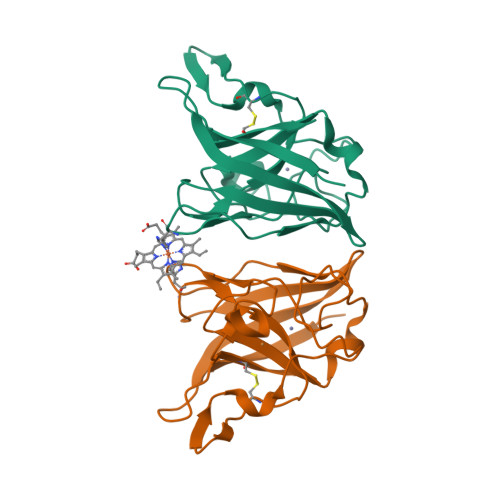Why bacterioferritin needs a haem anyway? It’s a very good question, and so far it does not have any good answer. The shortest one is, we don’t really know. There are ferritins (in Escherichia coli as well) having exactly the same architecture which do not bind any haem. Bacterioferritin is not alone: Cu,Zn superoxide dismutase from Haemophilus ducreyi contains not only, as one may guess, copper and zinc (all Cu,Zn-SODs do), but also, for no reason, a haem. Once again, it is bound at the dimer interface, although this time it is asymmetrically bound with two different histidine residues provided by the two subunits. The authors show that the introduction of only three mutations at the dimer interface of the Cu,Zn-SOD from a related species, Haemophilus parainfluenzae, is sufficient to induce haem-binding ability. However, it does not change anything: we still don’t know why the haem is there.







No comments:
Post a Comment